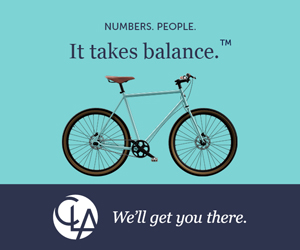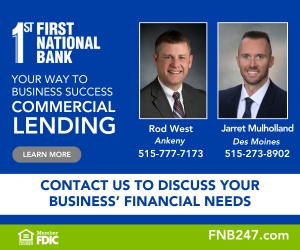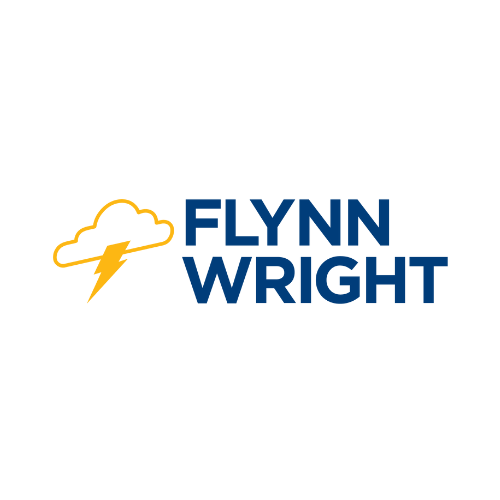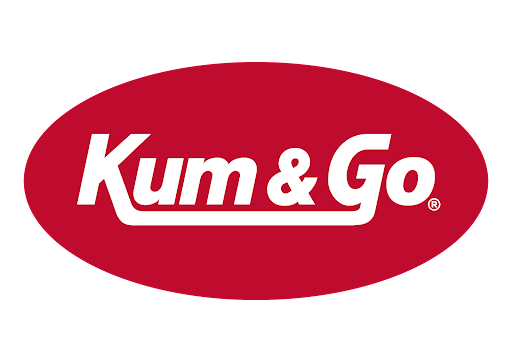MCLELLAN: Does your company have an ‘identity crisis’?

Normally, I am giving the “your logo is not your brand” speech and talking about trust and promises. I remind everyone that your brand isn’t how you look; it’s how you behave. All true.
But this time, I do want to focus on how you look. I’m always a little surprised when I stumble upon a large company that doesn’t have its visual identity in sync. For organizations large and small, visual consistency is vital to marketing efforts.
In today’s world, our companies appear both on- and off-line at a staggering rate. We’re everywhere from an e-newsletter header to a Twitter background and in the next minute, on sales fliers, trade show booths and golf balls.
Consistency is one of marketing’s cornerstones. Without it, every effort is more labored and less effective than it could be. The more each communication reinforces and builds on all the others, the quicker and more easily your audiences begin to link them together. From that linkage comes recognition, interest, trial and eventually loyalty.
The better disciplined you are about that consistency, the more likely it is that others will also honor your visual rules. Keep in mind that today, consumers create as much content about your brand as you do.
So how do you create a visual identity that delivers the consistency you need? Here are the key elements:
Your logo or mark: Whether it is a type-only treatment, a combination of words and a mark or in some rare cases, just a mark alone, your logo is one of your organization’s greatest assets. It should be legally protected, of course, but even more important, you need to have exacting standards for how it should and should not be used.
Type/fonts: One of the more interesting changes that came with the computer is our ability to choose among the myriad of fonts available. Fonts, like colors, bring with them certain connotations.
You should have a small family of fonts, each with a designated purpose (headlines, body copy, etc.), and discipline yourself not to stray from that family.
Color palette: Colors come loaded with meaning. Even a variance within a color can change the feeling or meaning. Think of what happens with a shift from lime green to pea green. Your goal is to own a color. When I say Coke, you think red. UPS went to the extreme of calling itself “Brown” in ads.
Choose a single color or combination of colors that speaks to your brand’s personality, and then do not allow anyone to take even the slightest of liberties with it.
Tagline: Control how your tagline is presented visually. (Font, proximity to your logo, placement within an ad or other marketing tool, etc.) How you handle your tagline will communicate as much as the words within the tagline do.
Layout: This is a tougher one to control, because the medium you’re working in may not allow you to be 100 percent consistent. Think of the Absolut vodka campaign. The ads (whether they were online, print or TV) all looked the same. There was a beauty shot of the bottle and a headline that included the word Absolut and another word or two. There was a very small amount of body copy at the bottom.
Aim for that kind of well-articulated design so that your brand is instantly recognizable.
If you can define your brand’s visuals with this kind of precision and then protect their use, your visual identity will help propel your company’s brand to new heights.
Drew McLellan is Top Dog at McLellan Marketing Group and blogs at www.drewsmarketingminute.com. He can be reached by email at Drew@MclellanMarketing.com. © 2011 Drew McLellan










